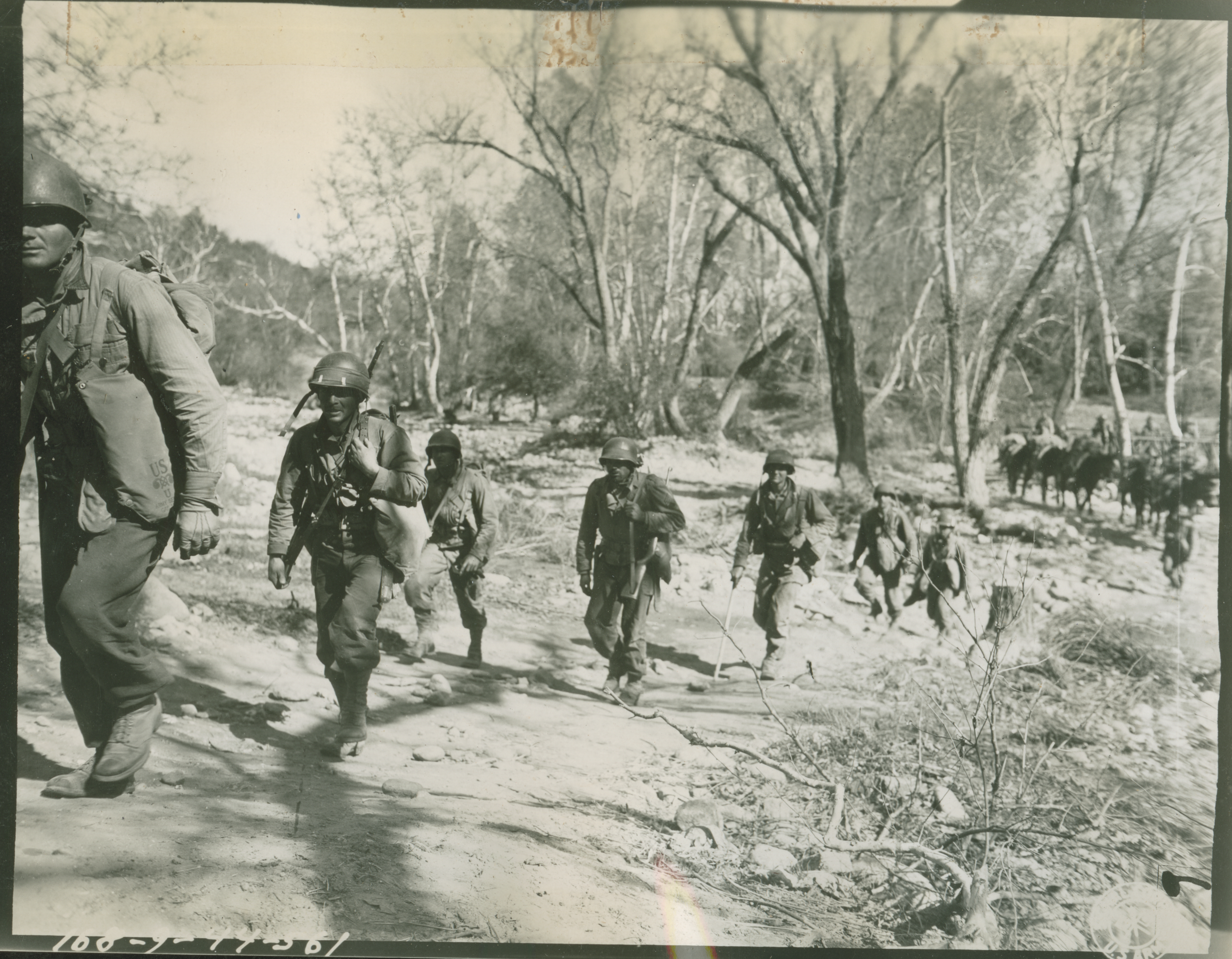GregP
Major
I posted some number a few days ago that I have discovered are a bit off in one area. I said we had 13,321 pilots who scored 15,865.852 aerial victories in WWII. But what we REALLY had was 13,321 records of victory awards, many to the same pilot. The total number of different pilots who scored a victory or at least a shared victory is 7,342. So, we have 7,342 pilots amassing 15,865.85 aerial victories. That's about 2.1 victories per pilot who scored a victory.
I was curious about the number of pilots we trained, so I checked the Statistical Digest of WWII. This is USAAF only, and does not include Navy or Marines. For Jul 39 through Aug 45, we graduated 102,907 single-engine pilots in the U.S.A. and we accepted 100,554 fighters from 1940 through Aug 45, so we have a ratio of just over 1 pilot per fighter during WWII. Some of these pilots stayed in the U.S.A and trained other pilots. I do not know the numbers.
So, just over 7.1% of the pilots who graduated as single-engine pilots scored all the U.S. aerial victories in WWII. Of course, when you subtract the pilots who stayed in the U.S.A. to train others (unknown number at this time), we are likely down to something like 4 or 5% of our pilots who scored all the aerial victories.
At any one time, the numbers of crews overseas in any single month between Jun 43 and Aug 45 amounted to the following:
1. P-38: 820 to 1,966. Averaged about 1,500 for 44/45. About 600 for most of 44 in ETO; about 250 and dropping in 45 in ETO. About 320 in 44 and 400 in 45 for MTO. These theaters had more than the rest of the theaters … until VE Day, anyway.
2. P-39: Unknown
3. P-40: Unknown.
4. P-47: 379 to 4,885. Averaged about 4,000 for most of 44/45. About 2,500 in 44/45 in ETO. About 450 / 500 in 44 and 450 and dropping in 45 for MTO.
5. P-51: 216 to 4,005. Averaged about 2,500 for 44 and about 3,800 for most of 45. About 1,500 in 44 and 1,800 in 45 for ETO. Started out at about 150 up to about 500 in 44 and about 550 and dropping in 45 for MTO.
6. F-4/F-5: 141 to 838.
7. F-6: 73 to 562.
Nothing startling in these data, and no conclusions, just passing along the statistics and hoping to get people interested in looking at the Statistical Digest of WWII. Find it attached as a pdf.
I was curious about the number of pilots we trained, so I checked the Statistical Digest of WWII. This is USAAF only, and does not include Navy or Marines. For Jul 39 through Aug 45, we graduated 102,907 single-engine pilots in the U.S.A. and we accepted 100,554 fighters from 1940 through Aug 45, so we have a ratio of just over 1 pilot per fighter during WWII. Some of these pilots stayed in the U.S.A and trained other pilots. I do not know the numbers.
So, just over 7.1% of the pilots who graduated as single-engine pilots scored all the U.S. aerial victories in WWII. Of course, when you subtract the pilots who stayed in the U.S.A. to train others (unknown number at this time), we are likely down to something like 4 or 5% of our pilots who scored all the aerial victories.
At any one time, the numbers of crews overseas in any single month between Jun 43 and Aug 45 amounted to the following:
1. P-38: 820 to 1,966. Averaged about 1,500 for 44/45. About 600 for most of 44 in ETO; about 250 and dropping in 45 in ETO. About 320 in 44 and 400 in 45 for MTO. These theaters had more than the rest of the theaters … until VE Day, anyway.
2. P-39: Unknown
3. P-40: Unknown.
4. P-47: 379 to 4,885. Averaged about 4,000 for most of 44/45. About 2,500 in 44/45 in ETO. About 450 / 500 in 44 and 450 and dropping in 45 for MTO.
5. P-51: 216 to 4,005. Averaged about 2,500 for 44 and about 3,800 for most of 45. About 1,500 in 44 and 1,800 in 45 for ETO. Started out at about 150 up to about 500 in 44 and about 550 and dropping in 45 for MTO.
6. F-4/F-5: 141 to 838.
7. F-6: 73 to 562.
Nothing startling in these data, and no conclusions, just passing along the statistics and hoping to get people interested in looking at the Statistical Digest of WWII. Find it attached as a pdf.

